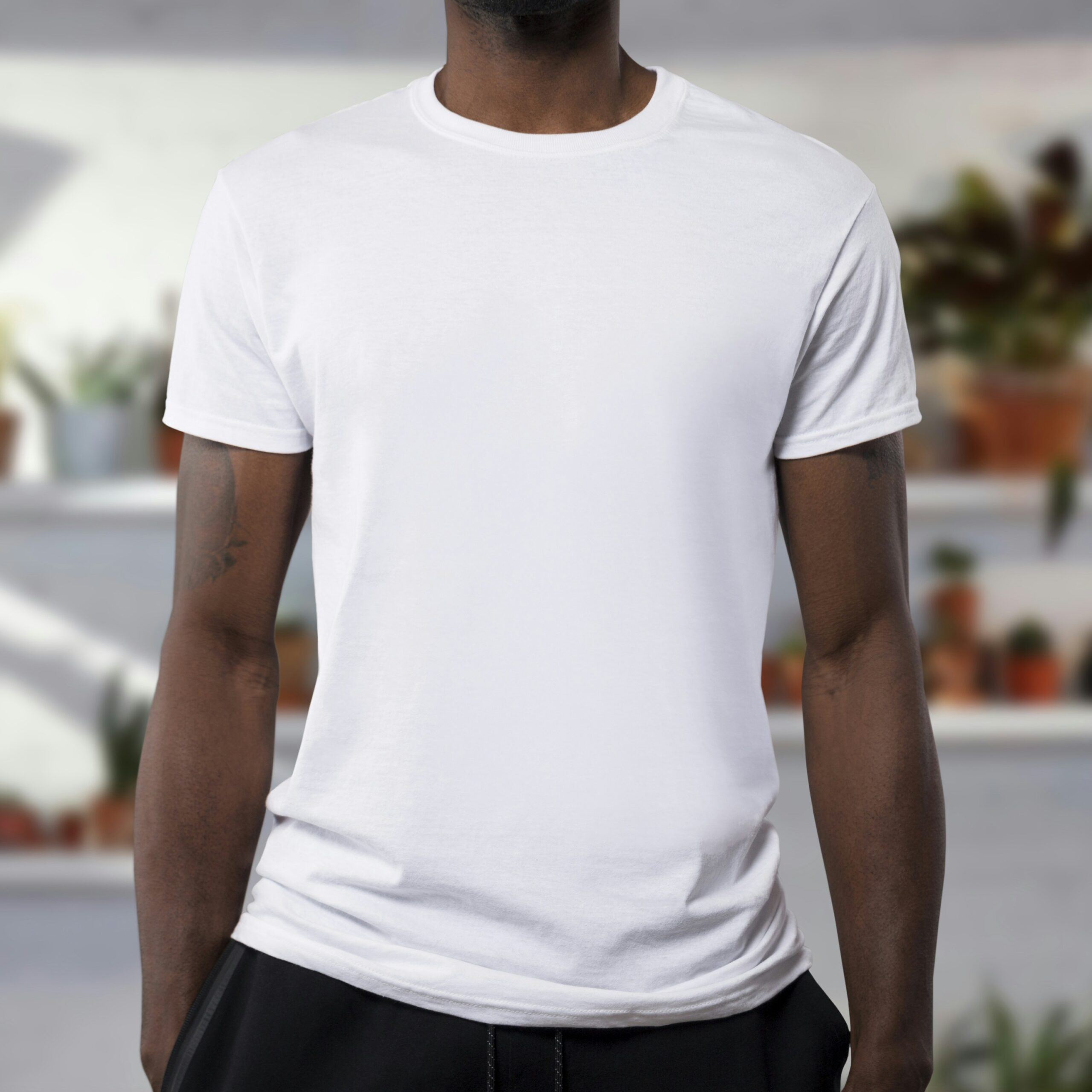Have you ever wondered if there are any rules or limitations when it comes to using camouflage outdoor gear? Whether you’re an avid hiker, a passionate hunter, or simply someone who enjoys blending in with nature, it’s important to know if there are any restrictions in place. In this article, we will explore the topic of using camouflage outdoor gear and whether there are any specific regulations or limitations that you need to be aware of. From national parks to private lands, we will uncover the key points you should consider when it comes to enjoying the great outdoors while wearing camouflage gear.

Understanding Camouflage Gear
Camouflage gear serves the purpose of helping individuals blend into their surroundings, making them less visible to others. Whether you’re a hunter, bird watcher, wildlife photographer, paintball player, or fashion enthusiast, camouflage gear has become a popular choice for many outdoor activities. This article aims to delve into the different aspects of camouflage gear, including its purpose, various patterns, and forms available in the market.
The Purpose of Camouflage Gear
The primary purpose of camouflage gear is to conceal the wearer and blend them into their environment. Camouflage gear achieves this by imitating the colors, textures, and patterns of the natural surroundings, making it harder for others to detect the wearer. By reducing visibility, camouflage gear enhances an individual’s chances of remaining undetected, whether they are hunting, observing nature, engaging in outdoor games, or even just expressing their style.
Types of Camouflage Patterns
Camouflage patterns come in various styles and designs, each tailored to suit different environments and purposes. Some popular patterns include woodland, desert, urban, and digital camo. Woodland patterns often feature earth tones, resembling the forest landscape, making it ideal for outdoor adventures. Desert camo patterns utilize light browns and tans to mimic desert terrain, while urban camo patterns incorporate greys and blacks to blend into urban settings. Digital camo, inspired by pixelated graphics, offers a modern twist to camouflage gear, making it popular among fashion-forward individuals.
Different Forms of Camouflage Outdoor Gear
Camouflage gear encompasses a wide range of outdoor apparel and equipment. From clothing like jackets, pants, and hats to accessories like gloves, ghillie suits, and face masks, there is specialized gear for every purpose. Additionally, you can find camouflage gear for equipment like rifles, binoculars, and backpacks, further enhancing the overall concealment. The diversity of camouflage outdoor gear ensures that individuals involved in different activities can find suitable options for their specific needs.
Camouflage Usage in Hunting
Hunters often rely on camouflage gear to give them an advantage in their pursuit while minimizing their visibility to the game. Understanding the rationale behind using camouflage gear for hunting, as well as any associated restrictions, is crucial for ethical and legal adherence.
Why Hunters Use Camouflage Gear
Hunters employ camouflage gear to help them blend seamlessly into their surroundings. By mimicking the environment, hunters can approach their prey more stealthily, giving them a better chance of a successful hunt. Camouflage gear also helps to mask any movement or silhouette, preventing animals from detecting any unusual presence.
Restrictions Related to Hunting with Camouflage Gear
While using camouflage gear is generally allowed in hunting, it is important to be aware of any specific regulations or restrictions set by local authorities or hunting organizations. These restrictions may vary depending on the region, hunting season, and the type of game being pursued. It is advisable to research and familiarize yourself with local hunting regulations to ensure compliance.
Possible Penalties or Consequences of Violating Hunting Camouflage Restrictions
Failure to comply with hunting camouflage restrictions can result in penalties ranging from fines to loss of hunting privileges. Additionally, violating these restrictions can negatively impact conservation efforts and the overall sustainability of wildlife populations. It is essential to prioritize responsible hunting practices and adhere to any rules or regulations put in place to maintain the balance of the ecosystem.

Camouflage Usage in Bird Watching and Wildlife Photography
Bird watchers and wildlife photographers also find camouflage gear useful in their pursuits. Whether observing rare species or capturing remarkable moments in nature, camouflage gear plays a crucial role in minimizing disturbance and ensuring successful encounters.
Why Bird Watchers and Wildlife Photographers Use Camouflage
Bird watchers and wildlife photographers use camouflage gear to blend into their surroundings and reduce their impact on the animals they observe. By diminishing their visibility, these enthusiasts can approach their subjects more closely without causing disturbance, allowing for a more immersive and authentic experience. Camouflage gear enables them to capture natural behaviors and interactions without interrupting the wildlife’s natural habitat.
Respecting Wildlife While Using Camouflage
Respecting wildlife is of utmost importance when using camouflage gear for bird watching and wildlife photography. It is essential to prioritize the well-being of the animals and their environment over capturing the perfect shot. Maintaining a safe distance, avoiding any sudden movements or noises, and leaving no trace are critical practices to ensure minimal disturbance to the animals and their habitats.
Do’s and Don’ts of Using Camouflage in Bird Watching and Wildlife Photography
When using camouflage gear for bird watching or wildlife photography, it is vital to follow certain guidelines. Do dress appropriately for the environment, match your gear to the specific habitat, and consider using non-reflective materials to avoid alerting the animals. Don’t intrude on the personal space of wildlife, destroy or disturb their natural habitats, or use camouflage gear to harass or manipulate animals. Respecting the animals and adhering to ethical guidelines ensures a positive experience for both the photographer and the subjects in question.


